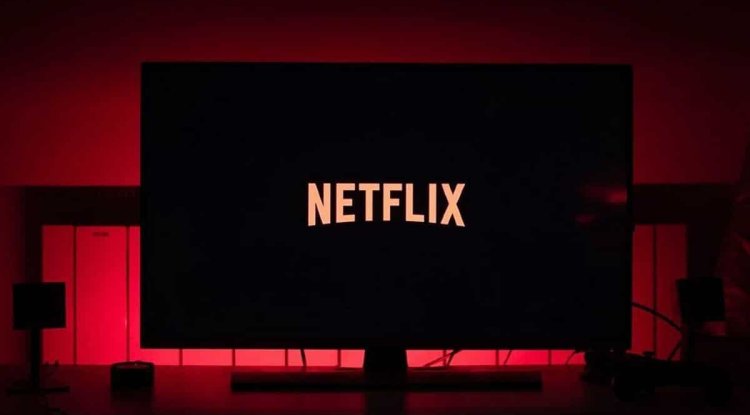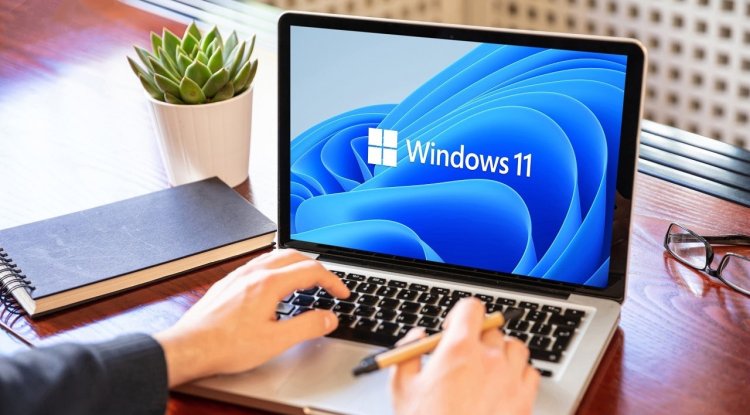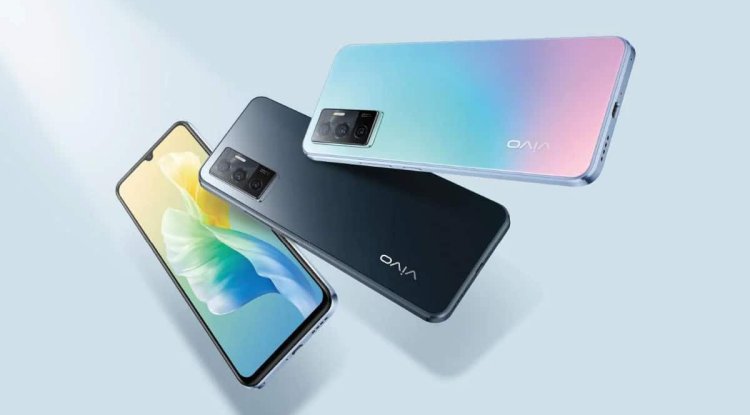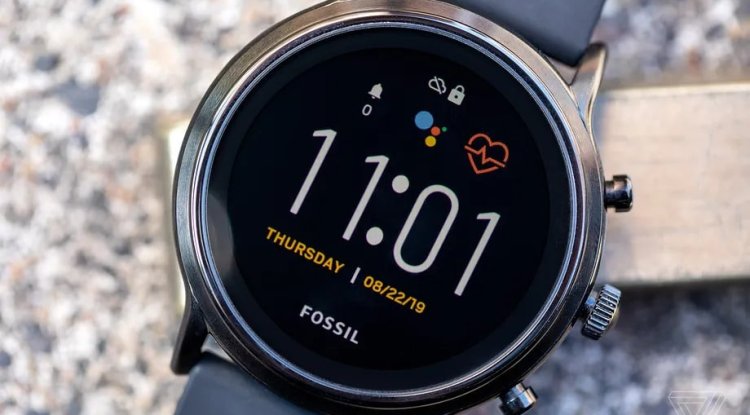Netflix: AV1 is now to be used increasingly on televisions
Netflix would like to use the preferred AV1 codec more and more on televisions. This should allow a higher quality picture with the same or less used bandwidth.

The AV1 video codec is becoming more and more important at Netflix: In the company's own technology blog, it is stated that the codec is now being used and wanted to be used on more and more televisions. To do this, they must of course be able to support and accelerate the codec. Netflix had already committed itself to AV1 some time ago, as far as this is possible with the end devices. There are of course software solutions for AV1 as well, but they require - like any other of these solutions - sufficient computing power.
AV1 started with the Netflix app for Android devices in February 2020 and Netflix now sees a good time to switch televisions, as there are enough devices with hardware acceleration on the market. For consoles, solutions that use the GPU have been developed together with YouTube. AMD introduced hardware support for AV1 with Navi 2 (RX 6000).
The bottom line is that Netflix's AV1 promises televisions a higher quality picture with the same or less used bandwidth. AV1 is said to have advantages over conventional methods, especially with artifacts and color banding. In particular, AV1 reacts dynamically to scenes and titles, similar to Dolby Vision in HDR, using Video Multi-Method Assessment Fusion (VMAF). Good content for demonstrative use is, among other things, "Drive To Survive", since it is available in 4K UHD and HFR (High Frame Rate). Background AV1
AV1 is the first high-efficiency video codec format to be licensed under a royalty-free license from the Alliance of Open Media (AOMedia), made possible by the industry's extensive commitment to expertise and resources. Netflix is a founding member of AOMedia and is actively developing the codec together with its partners. The AV1 specification was published in 2018 and its development knowledge can be used by anyone under an Apache 2.0 license.
By: Amber V.





































